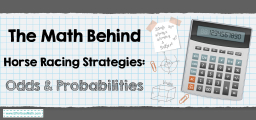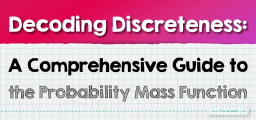How to Find Experimental Probability?
The probability that is determined based on the results of an experiment is known as experimental probability. In this article, you will learn more about experimental probability.

Related Topics
A step-by-step guide to the experimental probability
Experimental probability is a probability that is determined based on a series of experiments. A random experiment is conducted and repeated many times to determine its probability, and each repetition is known as a trial. This experiment is done to find the probability of the occurrence or non-occurrence of an event. This could be tossing a coin, rolling a die, or rotating a spinner.
Experimental probability formula
The experimental probability of an event is based on the number of times the event occurred during the experiment and the total number of times the experiment was performed. Each possible outcome is uncertain and the set of all the possible outcomes is called the sample space. The formula to calculate the experimental probability is:
\(\color{blue}{P\:\left(E\right)=\frac{Number\:of\:times\:an\:event\:occurs}{Total\:number\:of\:times\:the\:experiment\:is\:conducted}}\)
Experimental probability – Example 1:
The number of cookies made by Sara per day this week is \(4, 8, 6, 10, 5, 10\), and \(5\). Based on these data, what is a reasonable estimate of the probability that Sara will make fewer than \(6\) cookies the next day?
Solution:
\(P(< 6\) cookies)\(= \frac {3}{7}\)
Related to This Article
More math articles
- The Ultimate MCAS Algebra 1 Course (+FREE Worksheets)
- Back to School Essentials: Why “Pre-Algebra for Beginners” Should Be on Your List
- How to Create a Proportion? (+FREE Worksheet!)
- Bеѕt Cоllеgе Lарtорs in 2024
- How to Do Scaling by Fractions and Mixed Numbers?
- How to Convert Repeating Decimals to Fractions? (+FREE Worksheet!)
- Top 10 TABE Prep Books (Our 2023 Favorite Picks)
- 5 Essential Strategies in Teaching Math
- The Ultimate ParaPro Math Formula Cheat Sheet
- Number Properties Puzzle – Challenge 13


























What people say about "How to Find Experimental Probability? - Effortless Math: We Help Students Learn to LOVE Mathematics"?
No one replied yet.